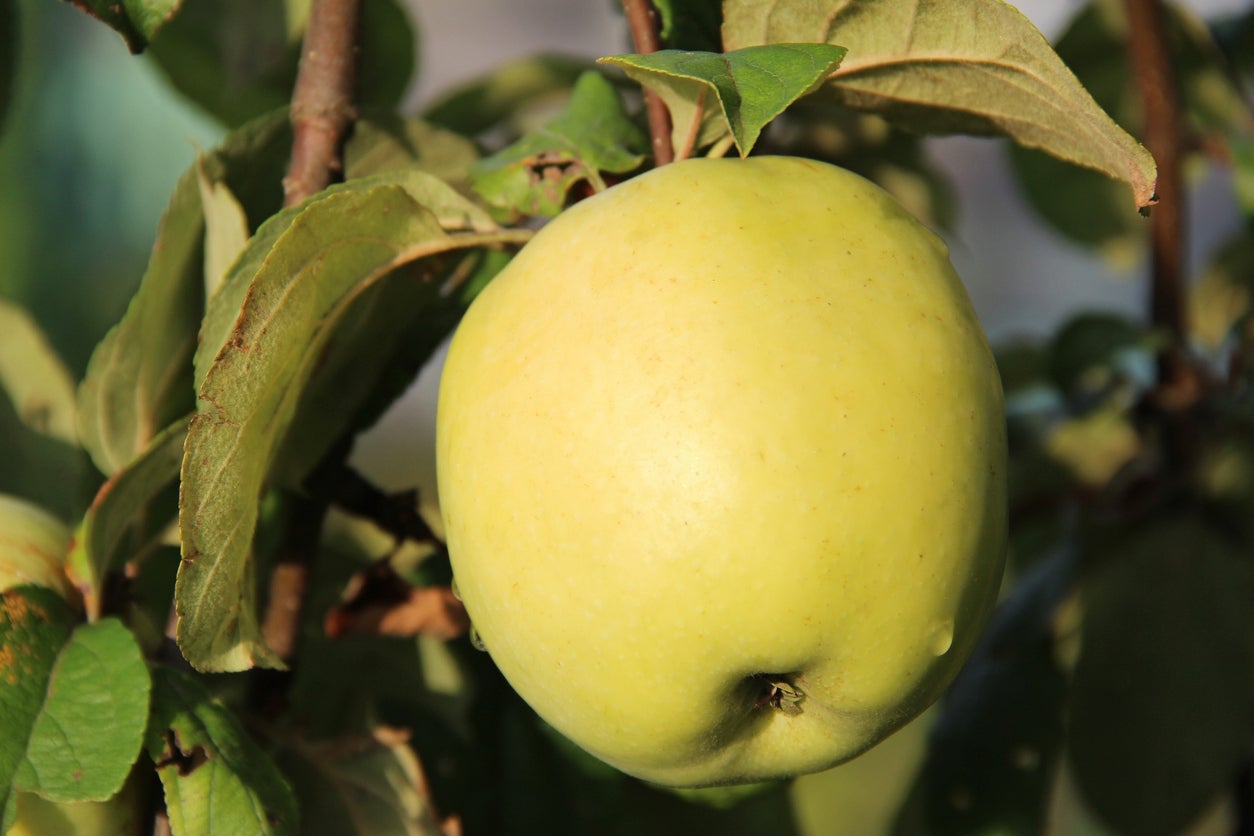Antonovka Apple Facts – Learn How To Grow Antonovka Apples


Anyone interested in growing apples in the home landscape may want to consider trying out the Antonovka variety. This tasty, easy to grow and care for tree is a centuries-old favorite used for fresh eating, baking, and canning. It is also well liked for use in cider.
Antonovka Apple Facts
What are Antonovka apples, you may ask. They are a winter producing group of apple trees originally from Russia. Antonovka fruit trees are often used as a rootstock to add cold hardiness to other apple types that can be grafted in. They are also used for seedling trees in northern areas. The common Antonovka apple is most normally grown in the U.S., but there are other varieties.
Antonovka apple facts say it is a tasty, tart fruit right off the tree, having high acid, with flavor that mellows after time in storage. The skin is light green to yellow with russet overtones. Allow the fruit to fully ripen to avoid tartness.
Trees of this specimen have a long taproot, making it sturdy and drought tolerant. It is one of few apple tree varieties that produce true to seed when grown in that manner. It was first documented when it was found in Kursk, Russia in 1826. There is now a monument to this apple there.
How to Grow Antonovka Apples
Antonovka apples grow well in USDA hardiness zones 3 through 8 and bear fruit early. Learning how to grow Antonovka apples provides a crop of the large, delicious apples in a few years. Growing from seed takes longer. However, the tree grows true to seed, meaning it will be the same as the tree from which the seed was obtained. There’s no worry about an unusual or unexpected cultivar growing, as is the case when using hybrid seeds.
Planting small trees provides a crop more quickly than starting from seed, approximately two to four years. Several online nurseries offer Antonovka apples, as your local tree nursery may. When buying online, make sure you are ordering the entire tree and not just a rootstock. Planting and growing this tree isn’t different from growing other apple trees.
Work up the soil well before planting. Dig deep and prepare a sunny spot to accommodate the long taproot. Amend the soil prior to planting with finished compost to provide nutrients. This variety likes a soil that is moister than most apple trees, but soil should drain well so it doesn’t stay soggy.
Sign up for the Gardening Know How newsletter today and receive a free copy of our e-book "How to Grow Delicious Tomatoes".
Plant with other apple trees, as it needs a partner for pollination. Some people grow crabapples as a pollinator. Continued Antonovka apple care includes having to water and fertilize regularly as the tree becomes established.

Becca Badgett was a regular contributor to Gardening Know How for ten years. Co-author of the book How to Grow an EMERGENCY Garden, Becca specializes in succulent and cactus gardening.